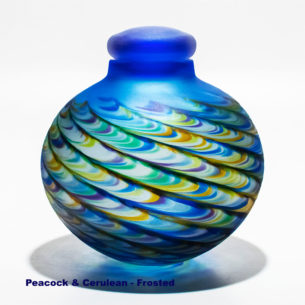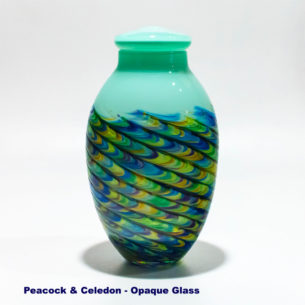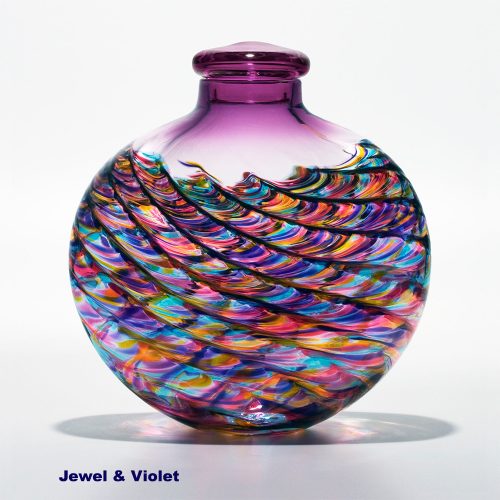 “In this world, nothing can be said to be certain, except death and taxes” A quote attributed to Benjamin Franklin. Unfortunately, it is true; we cannot avoid either. Although some people in this world seem to be doing a good job of avoiding the latter! But I digress, as this blog is about keepsake urns.
“In this world, nothing can be said to be certain, except death and taxes” A quote attributed to Benjamin Franklin. Unfortunately, it is true; we cannot avoid either. Although some people in this world seem to be doing a good job of avoiding the latter! But I digress, as this blog is about keepsake urns.
No one really likes to think too much about that moment, when we and our loved ones must depart this mortal coil. It can strike fear and anxiety into the heart. When a family member, friend or pet dies it is, of course, often a time filled with sadness and longing.
We all have different ideas about how we want to honour the dead. For many holding on to the earthly remains of a beloved person or pet is incredibly important and can be soothing. It can help not only with the grieving process but also keep the memories alive.
Funerary urns, also known as cremation urns, urns for ashes or keepsake urns, have been used by many civilisations for centuries. Pottery urns have been discovered from as early as 7000 BC at a number of sites in China. It is thought these urns were used mainly for children, but also occasionally for adults.
Honouring the Departed
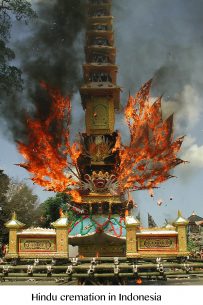
Nowadays more and more people choose cremation. Besides the traditional funeral urns for burial (internment), some choose to scatter all the ashes in a place special to the departed and/or family.
Scattering, however, is irreversible. Or, if you bury the urn you may not be able to retrieve it. Then, if the family moves away, they may feel like they have lost that person/pet all over again. For those reasons, and more others prefer to have a keepsake urn. These can be used to keep part of the ashes. Keepsake urns are a great way to keep your loved ones or beloved pet’s ashes close to you, and safe in the family home. More recently, keeping the ashes of two people, in so-called companion urns, is gaining popularity.
Keepsake urns are easily filled and will permanently hold a portion of ashes that can be kept as a very special keepsake.
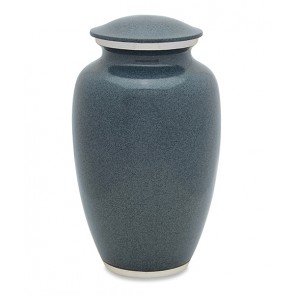
Types of Urns
So, what is an urn exactly? Essentially it is a vase with a lid. It tends to have a round body with a narrow neck, with a fitted lid. Calling a vessel of this shape and structure an ‘urn’ is more to do with how it is used rather than its shape. Therefore, in today’s world, the word “urn’ has become synonymous with funerary urns, which may be used to bury remains or hold cremated ashes or as grave goods. They may be made from a variety of materials such as ceramic, wood, stone, glass, or steel.
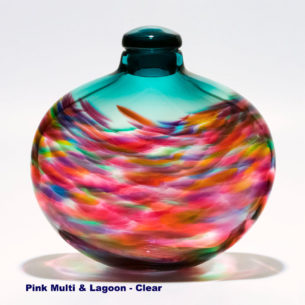
For a long time, urns have tended to be rather sombre in colour and style. More recently there has been a trend towards more colourful and decorative urns. As people choose to commemorate their loved ones in something more joyous and celebratory. Indeed, some people actively request that their family and friends celebrate the life they had. With this ‘joyous’ viewpoint in mind, pretty and luxurious urns, in vibrant colourways are available.
Do what’s right for you
Of course, however, you choose to honour your loved ones, it must be right for yourselves and in keeping with their wishes. But, when that sad time comes to pass, it may bring comfort to think of this “Feel sad they have gone, but also be glad for the time you’ve had”.
